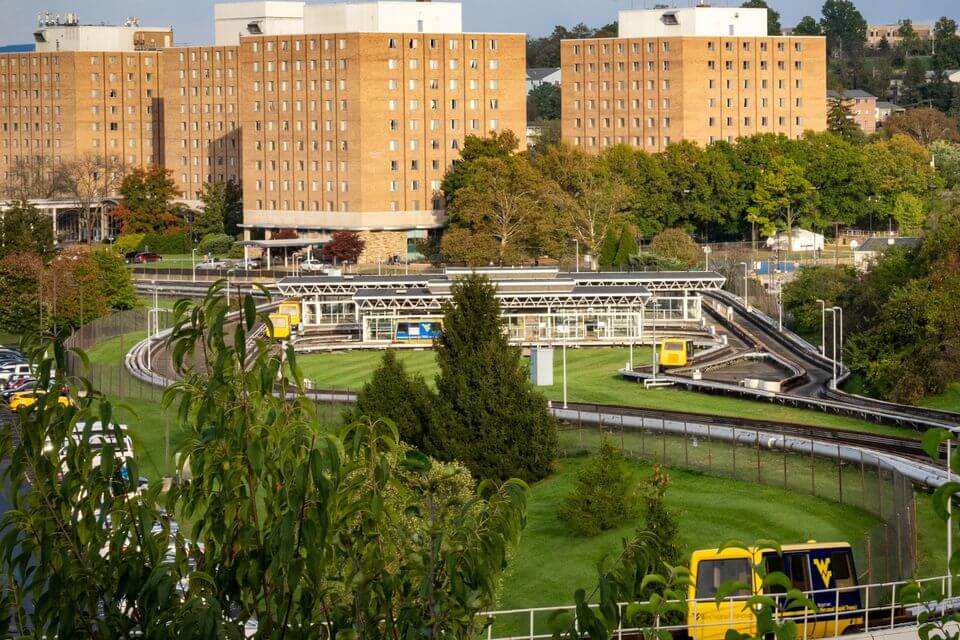As costs soar to expand and maintain traditional public transit, it’s time to reimagine an innovative solution from the past.

By Brian Gettinger
Flatiron Vice President of Project Development
Access to reliable, safe and efficient transportation directly correlates with economic opportunity. Studies have shown that reliable transportation to and from work is the biggest contributor to upward social and economic mobility.
Existing transit systems (except those in the densest urban areas) are at times poorly utilized, expensive to operate and unable to offer attractive services to transit-dependent users and riders by choice alike.
Expansion and/or extension of traditional transit services (light rail, subway, heavy rail, bus rapid transit and traditional bus service) can encourage ridership, but the expense often has been cost-prohibitive. Price tags have also ballooned in the wake of the COVID-19 pandemic. Additionally, competition for federal funding is intense, further limiting the number of new and extended services that can be implemented.


